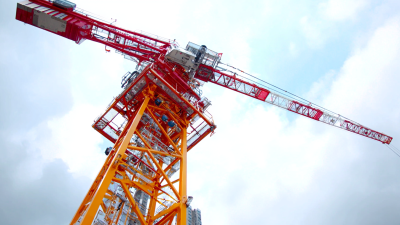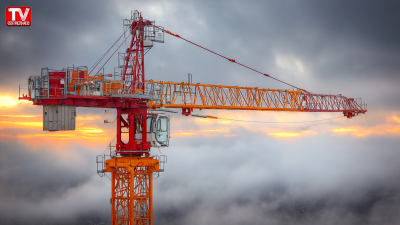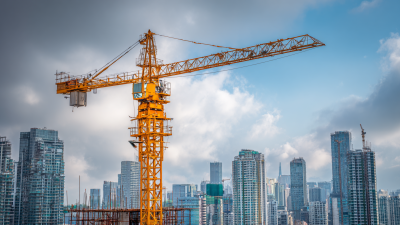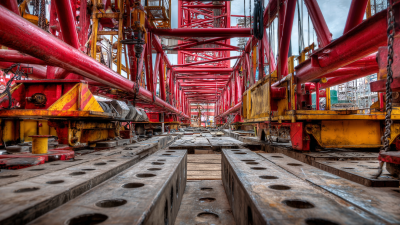Choosing the right equipment for a construction project can significantly impact efficiency, safety, and overall success. Among the various types of cranes available, the Self Erecting Tower Crane has emerged as a popular choice for many builders due to its versatility and ease of use. However, with the multitude of options on the market, selecting the best Self Erecting Tower Crane tailored to your specific project requirements can be daunting. This blog will guide you through the critical factors to consider, including load capacity, height, reach, and site conditions. By understanding these elements, you can make an informed decision and ensure that your construction project runs smoothly and effectively, ultimately enhancing productivity and reducing downtime. Join us as we delve into the essential tips for picking the best Self Erecting Tower Crane, ensuring you are well-equipped to tackle your construction challenges head-on.
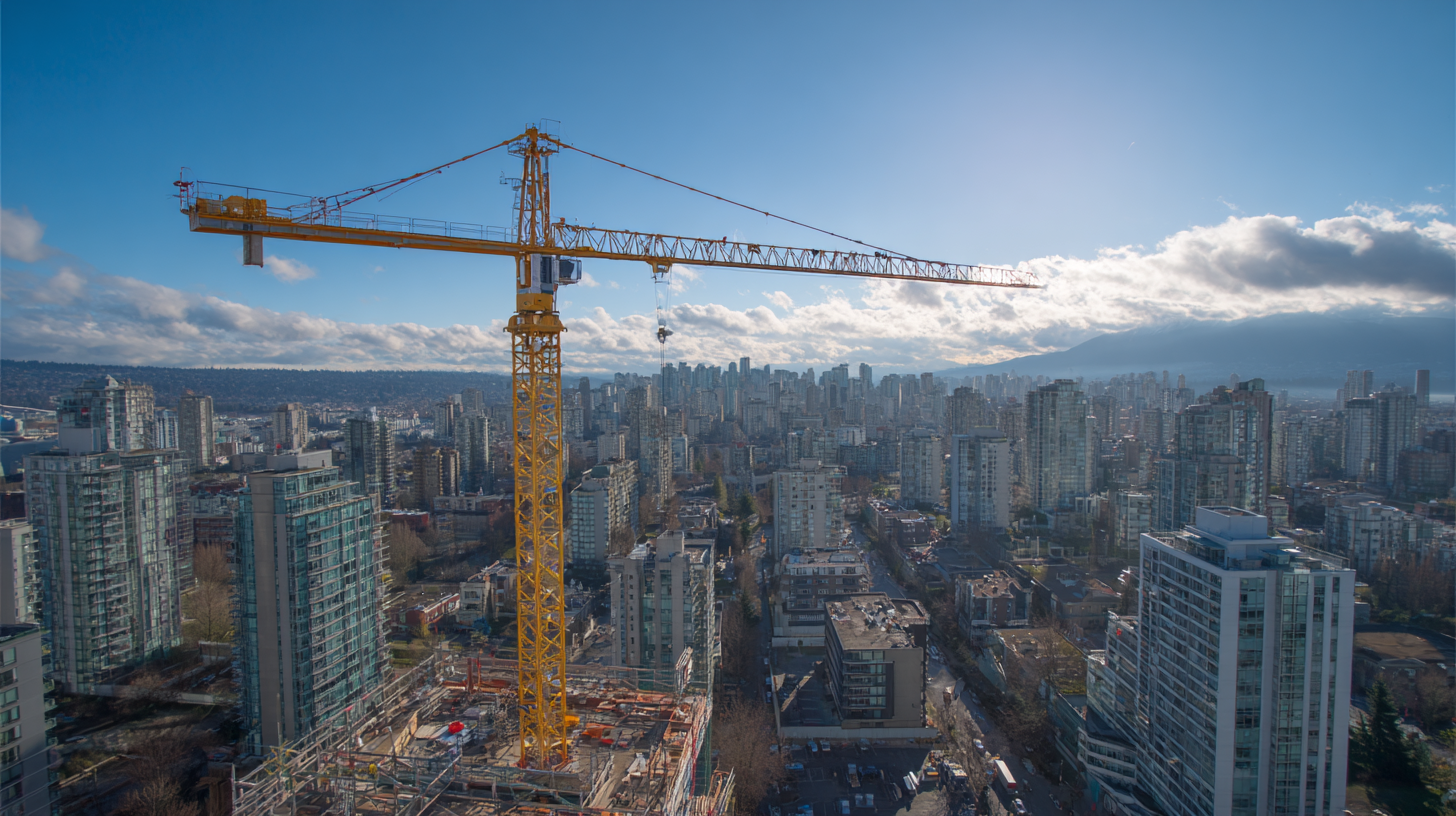
When selecting the right self erecting tower crane for your construction project, several critical factors must be taken into account. First and foremost, assess the specific needs of your project, including the height and reach required for lifting materials. Understanding the weight of the loads that the crane will handle is also essential, as this will influence the crane's capacity and the type of model suitable for your site. Additionally, consider the site conditions such as space availability and ground stability, which will affect the crane's setup and operation.
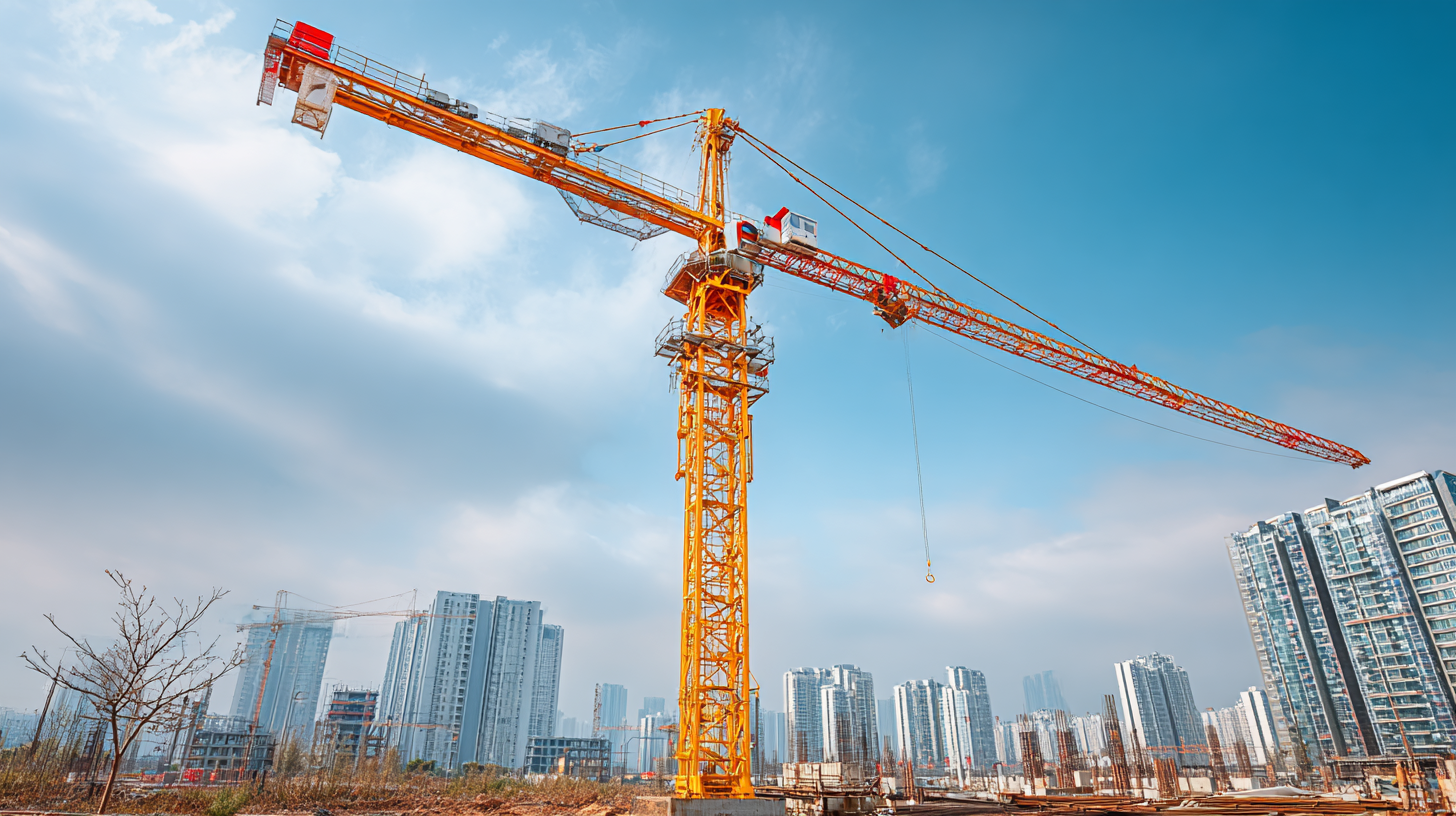
Another major factor to consider is the crane's ease of assembly and disassembly. Self erecting tower cranes are known for their fast setup times, but variations exist between models. Look for equipment that allows for quick mathematical adjustments and safe installation. It is also wise to evaluate the features that enhance safety and efficiency, such as remote control capabilities and overload protection systems. Finally, budget constraints should never be overlooked; balancing the cost with quality and reliability will ensure you invest in the right crane for your project’s success.
When it comes to selecting a self erecting tower crane for your construction project, understanding the different types available is crucial. Self erecting tower cranes are designed to simplify the setup process and increase efficiency for various construction tasks. There are primarily three types to consider:
the fixed tower crane,
the luffing tower crane, and
the passenger hoist system.
Fixed tower cranes are the most common type, featuring a stationary mast that provides stability and height for lifting heavy loads. They are best suited for large projects that require extensive lifting capabilities and can handle significant weight.
On the other hand, luffing tower cranes have the advantage of working in tighter spaces, as their jib can move vertically. This makes them ideal for urban environments where surrounding buildings limit maneuverability and height.
Lastly, passenger hoist systems are designed for transporting personnel and materials vertically, offering a different kind of functionality that can be essential for high-rise construction projects.
By understanding these distinctions, you can better assess which crane type aligns with the specific needs of your project. Consider factors such as site conditions, load requirements, and height restrictions to make an informed decision that enhances efficiency and productivity on the construction site.
When embarking on a construction project, one of the most critical factors to consider is the load capacity requirements of the self erecting tower crane. Assessing these requirements involves a thorough understanding of the materials and equipment that will be lifted, as well as the operational limits of the crane itself. Load capacity is typically defined by the maximum weight the crane can safely handle, which can vary based on the model and specifications. Thus, accurately evaluating the load needs, taking into account both the weight and the dimensions of the loads, is imperative to ensure safety and efficiency on the job site.
In recent developments, as industries evolve and project demands increase, there is a growing trend towards incorporating advanced technologies into construction practices. For instance, innovative solutions in artificial intelligence are reshaping how projects are planned and executed, potentially influencing the choice of equipment like tower cranes. However, regardless of technological advancements, understanding the fundamental aspects of load capacity remains essential. Proper load assessment not only ensures compliance with safety regulations but also optimizes the operational efficiency of the project, allowing for better resource management and planning in the face of evolving industry standards.
| Crane Model | Max Load Capacity (ton) | Jib Length (m) | Height (m) | Operating Radius (m) | Weight (kg) |
|---|---|---|---|---|---|
| Model A | 6 | 30 | 18 | 27 | 8000 |
| Model B | 8 | 35 | 20 | 30 | 9500 |
| Model C | 10 | 40 | 25 | 35 | 12000 |
| Model D | 12 | 45 | 28 | 40 | 14000 |
When selecting a self-erecting tower crane for your construction project, evaluating the site conditions and space constraints is paramount. Begin by assessing the geography of the area. Is the ground stable enough to support the crane's weight? Uneven terrain may require additional groundwork to ensure safety and stability. Understanding the soil composition can also inform your choice of crane, as some cranes are better suited for specific soil types.
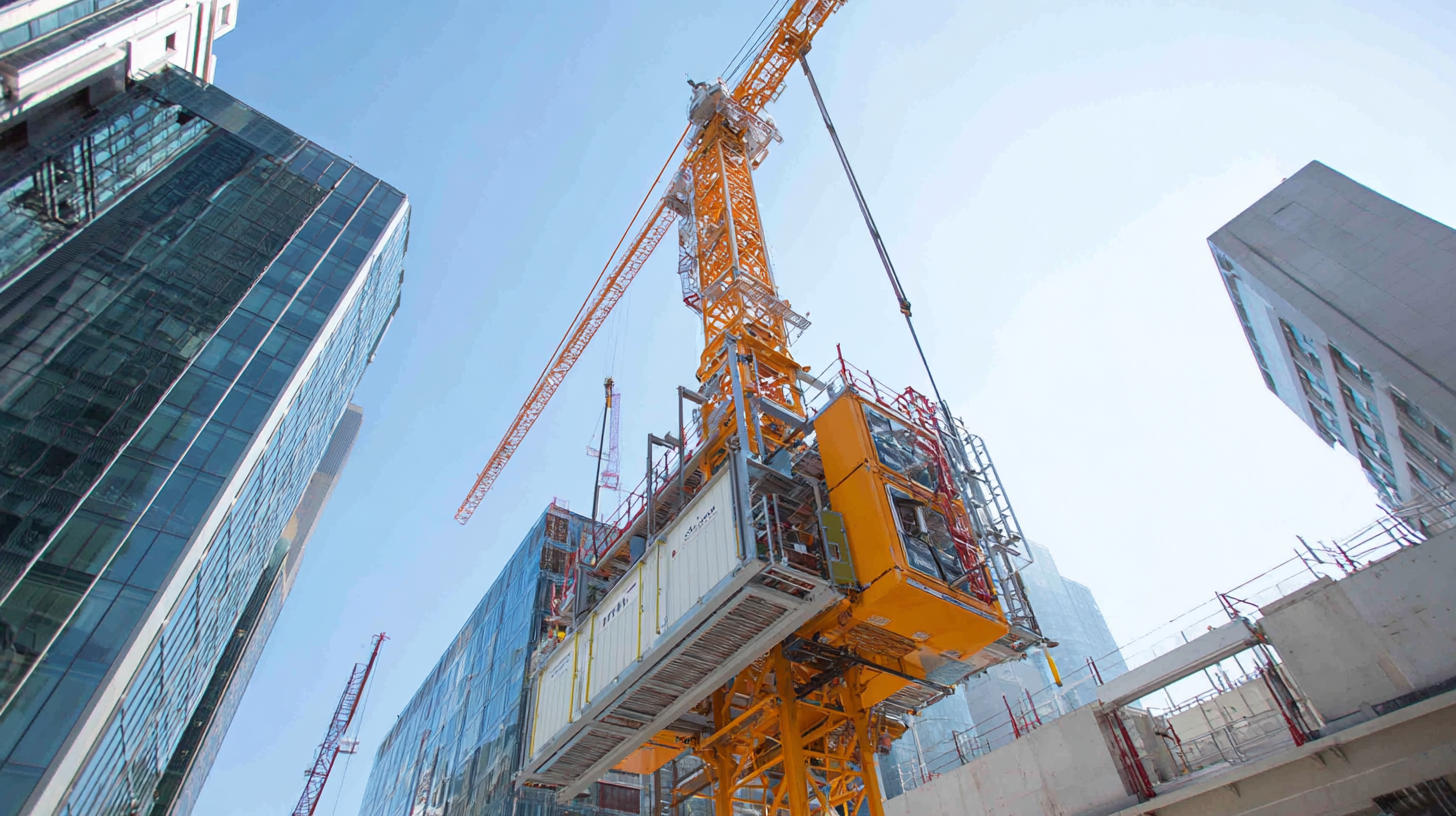
Another critical factor is the available space on-site. Self-erecting cranes are designed to operate in tighter areas, but you should still measure the dimensions of the site carefully. Make sure to account for swing radius and the reach of the crane. This can significantly affect the crane's operation and efficiency.
Tip: Always leave extra space around the crane for safe maneuverability. A good rule of thumb is to consider at least a 15-foot clearance on all sides to accommodate the crane's movements and any support equipment. Additionally, it’s wise to consult with crane manufacturers about the site’s dimensions to ensure you choose a model that fits seamlessly into your project plans.
When considering the budgeting for the purchase or rental of a self erecting tower crane, it’s essential to determine your project's specific needs and constraints. Assessing the scale and complexity of the construction project will provide insight into the type and capacity of the crane required. Factors such as the height of the lift, the load capacity, and the site conditions will dictate not just the model of the crane, but also its cost. It's important to account for the upfront costs alongside ongoing expenses like maintenance, transport, and any necessary training for operators.
If opting for rental, evaluating rental rates and terms from multiple suppliers can reveal significant savings. Many companies offer flexible packages that vary based on the duration of the rental and the type of crane. It’s crucial to factor in potential costs for extended rental periods, as delays in construction can quickly add to expenses. Additionally, some rental agreements may include maintenance in the fee, providing a valuable service that can alleviate budget concerns over time. Prioritizing a transparent and comprehensive budget will ensure that your project proceeds smoothly without financial hiccups.

